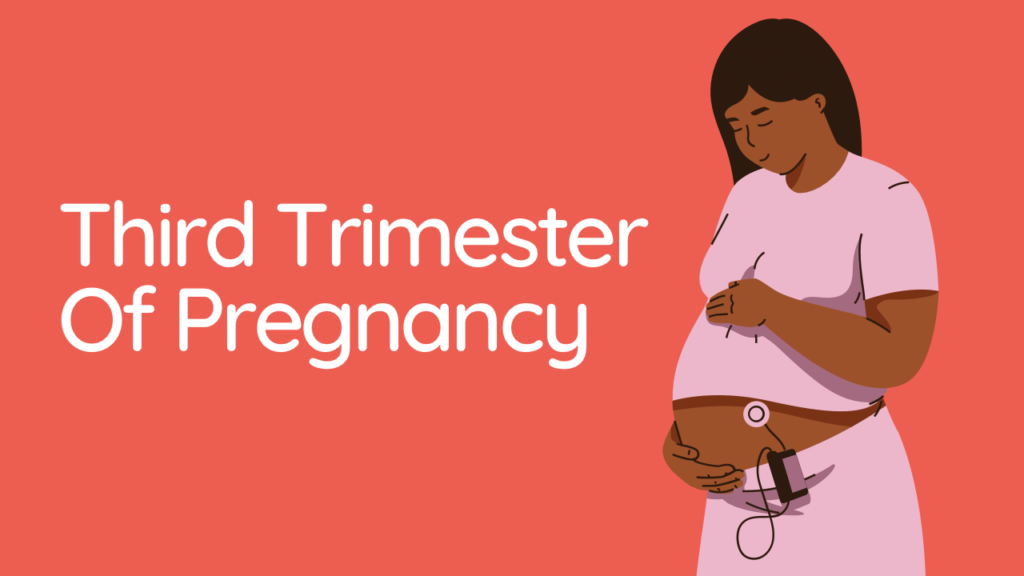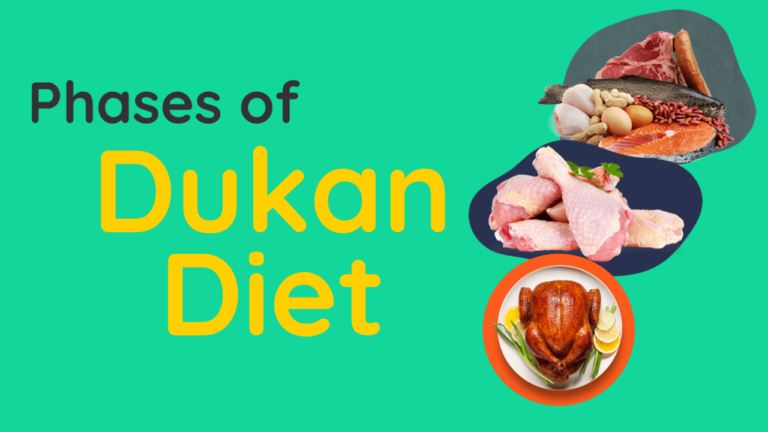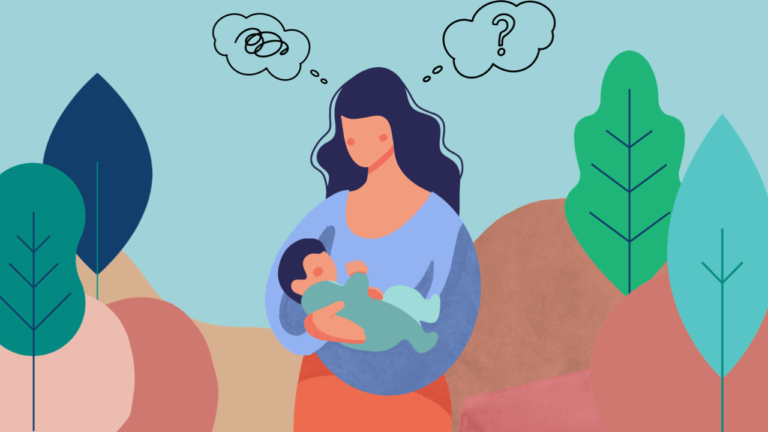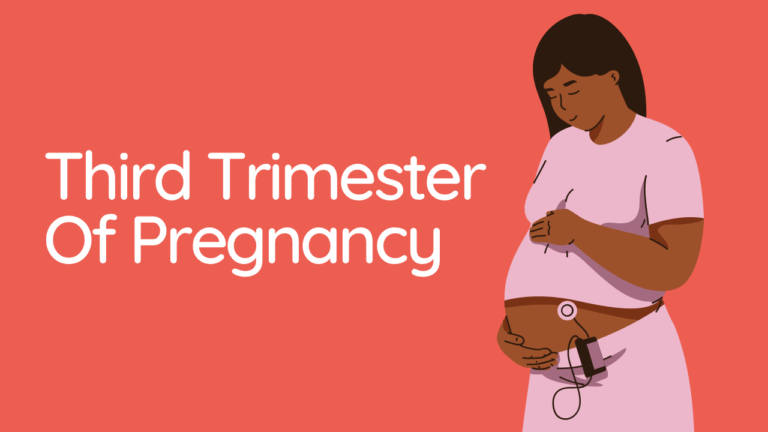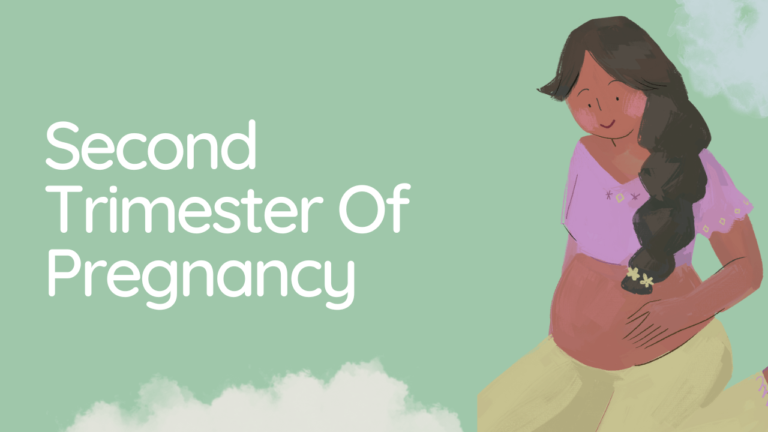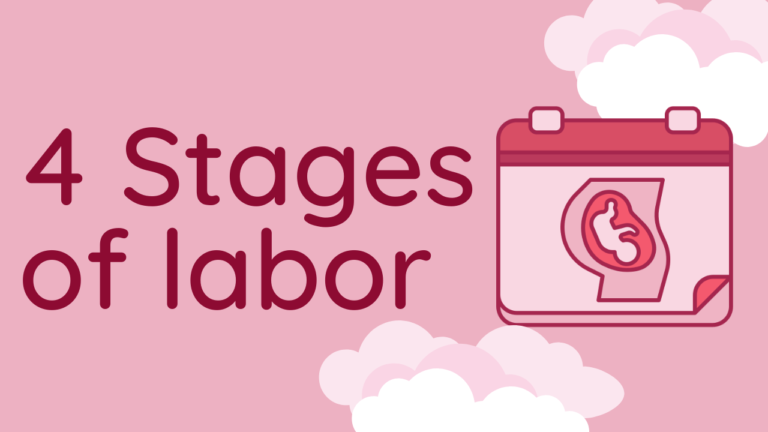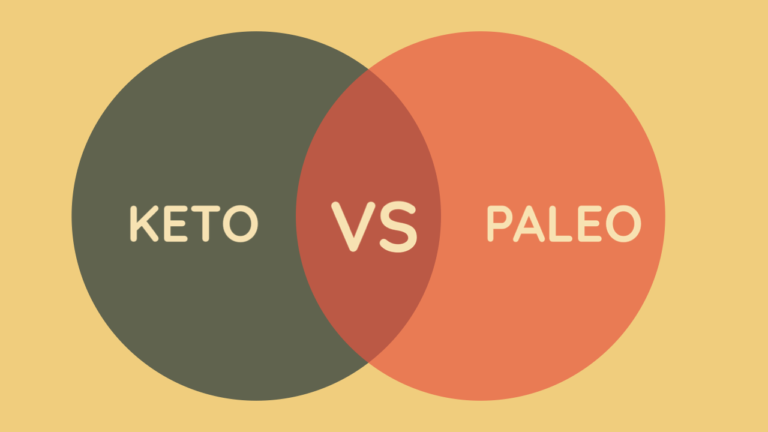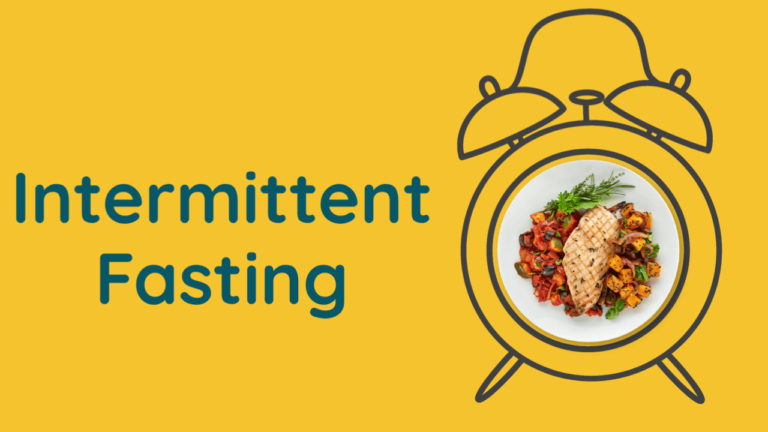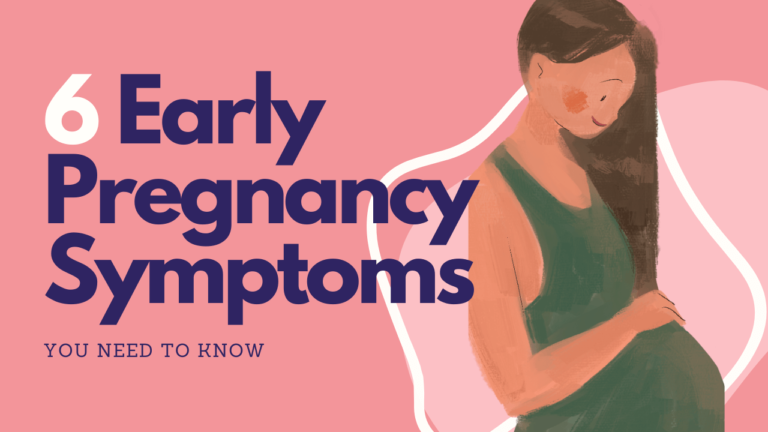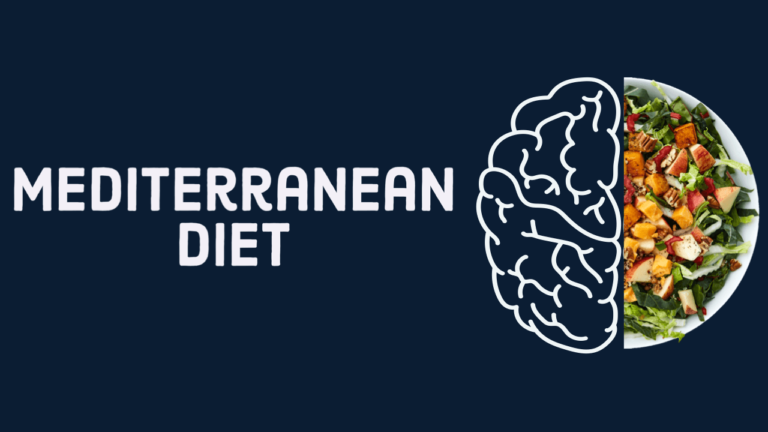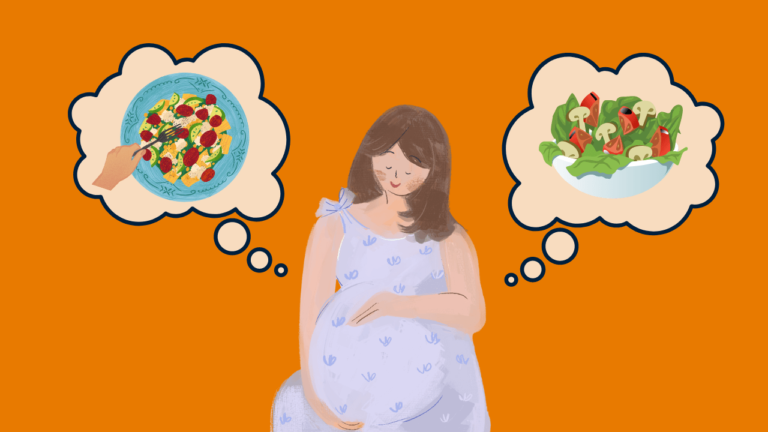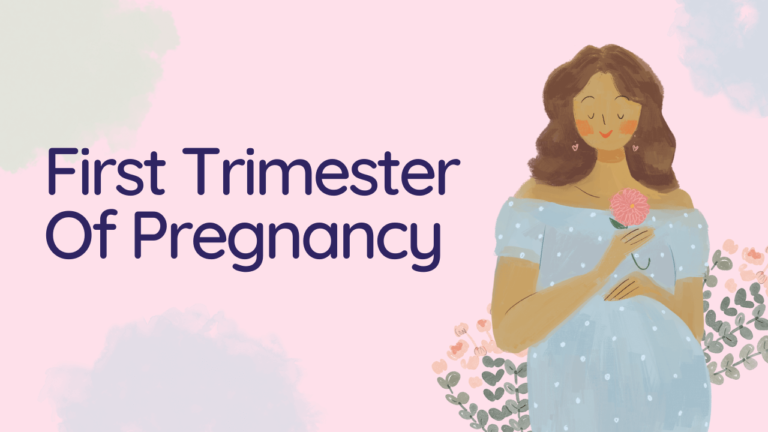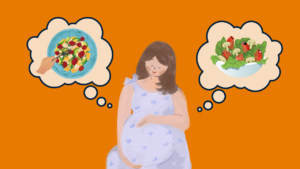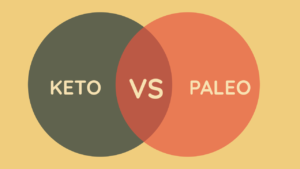We have carefully crafted a comprehensive guide to help you navigate through the pregnancy in 3rd trimester. In this guide, we will provide you with detailed information on what to expect during this period, including physical changes, emotional changes, and what you can do to prepare for labor and delivery. Our goal is to provide you with the best possible knowledge which is necessary to you.
The third trimester of pregnancy typically starts around week 28 and lasts until week 40 or until the baby is born. This is the final stage of pregnancy and is marked by significant growth and development of the fetus. During this trimester, you may experience more physical discomforts and emotional changes as your body prepares for childbirth. It is important to continue with regular prenatal care and to discuss any concerns or symptoms with your healthcare provider.
Also Read: The First Trimester Of Pregnancy
Also Read: The Second Trimester Of Pregnancy
Physical Changes In The Body
Weight Gain & Fatigue: During the pregnancy in 3rd trimester, physical changes become more noticeable and can impact a woman’s daily life. One of the most significant changes is the weight gain that occurs as the baby grows and develops. Women may experience discomfort and fatigue as their body adjusts to the added weight and pressure on their joints and muscles.
Swelling: Another physical change that can occur during the pregnancy in 3rd trimester is swelling in the legs, feet, and hands. This is due to increased fluid retention in the body and can cause discomfort and pain. Elevating the legs and wearing comfortable, supportive shoes can help alleviate some of these symptoms.
More Veginal Discharge: As the body prepares for birth, women may also experience an increase in vaginal discharge. This is due to the softening and thinning of the cervix, which allows the baby to pass through the birth canal more easily. While an increase in discharge is normal, it’s important to contact a healthcare provider if it is accompanied by itching, burning, or a foul odor.
Stretch Marks: Stretch marks are also common during the third trimester, as the skin stretches to accommodate the growing baby. They can appear on the belly, thighs, and breasts and may fade over time after birth. However, they can also be a source of discomfort and insecurity for some women.
Contractions: Braxton Hicks contractions are common during the third trimester. These are practice contractions that can help prepare the uterus for labor. While they can be uncomfortable, they are generally not painful and do not indicate that labor has begun. If contractions become more frequent or painful, it’s important to contact a healthcare provider.
In summary, the physical changes that occur during the third pregnancy in 3rd trimester can be challenging, but understanding what to expect and taking care of oneself can help alleviate some of the discomfort. It’s important to stay in contact with a healthcare provider and seek medical attention if any concerning symptoms arise.
Also Read: The Physical Changes In First Trimester Of Pregnancy
Also Read: The Physical Changes In Second Trimester Of Pregnancy
Emotional Changes
In addition to physical changes, the pregnancy in 3rd trimester can also bring about a range of emotional changes for women. As the due date approaches, feelings of excitement and anticipation may be mixed with anxiety and fear about the upcoming birth and the responsibilities of parenthood.
Many women may also experience mood swings during the pregnancy in the 3rd trimester, which can be due to hormonal changes, fatigue, or stress. It’s important for women to take care of themselves and seek support from loved ones during this time. Talking with a healthcare provider or mental health professional can also be beneficial for those struggling with mood swings or other emotional issues.
Some women may also experience a sense of nesting during the third trimester, which is a strong desire to prepare the home for the new baby. This can involve cleaning, organizing, and decorating, and can provide a sense of control and comfort during a time of uncertainty.
Finally, as the due date approaches, women may experience a range of emotions about the birth itself. Fear of pain, complications, or the unknown can be common. It’s important to discuss these concerns with a healthcare provider and to have a birth plan in place to help alleviate some of the anxiety.
In summary, the pregnancy 3rd trimester can be a time of emotional ups and downs, but seeking support and taking care of oneself can help ease some of the challenges. It’s important to communicate with loved ones and healthcare providers about any emotional concerns and to have a plan in place for the upcoming birth.
Also Read: The Emotional Changes In First Trimester Of Pregnancy
Also Read: The Emotional Changes In Second Trimester Of Pregnancy
Fetal Development In Pregnancy 3rd Trimester
In the third trimester, your babies will undergo some important developments in preparation for birth. Here are some of the key fetal developments that occur during this time:
- Weight gain: Your babies will continue to gain weight rapidly during the third trimester, with most twins weighing between 4 and 6 pounds at birth. This weight gain is important for their overall health and development.
- Lung development: By the end of the third trimester, your babies’ lungs should be fully developed and ready for them to breathe on their own after birth. This is a crucial milestone in their development and is important for their overall health and survival.
- Brain development: Your babies’ brains will continue to develop rapidly in the third trimester, with important connections forming between brain cells. This development is important for their cognitive and motor skills, as well as their overall health and well-being.
- Fingernails and toenails: By the end of the third trimester, your babies’ fingernails and toenails should be fully developed. This may seem like a small detail, but it’s an important milestone in their development and can indicate their overall health.
- Hearing and vision: Your babies’ hearing and vision will continue to develop in the third trimester, with their eyes and ears becoming more sensitive to light and sound. This development is important for their overall sensory experience and can help prepare them for the outside world after birth.
As your babies continue to develop and grow in the third trimester, it’s important to take good care of yourself to ensure their health and well-being. Make sure to attend all scheduled prenatal appointments, eat a healthy diet, stay hydrated, and get plenty of rest. With proper care and attention, you can help ensure a healthy pregnancy and delivery for both you and your babies.
Preparing Foe Labor And Delivery
Preparing for labor and delivery is an important part of the third trimester of pregnancy. Here are some things to consider:
Childbirth classes: Many hospitals and birthing centers offer childbirth classes for expectant parents. These classes can provide valuable information about the labor and delivery process, pain management techniques, and postpartum care.
Birth plan: A birth plan is a document that outlines a woman’s preferences for labor and delivery. It can include things like pain management options, delivery position preferences, and who will be present during the birth. Discussing a birth plan with a healthcare provider can help ensure that everyone is on the same page and that the woman’s wishes are respected.
Packing a hospital bag: It’s a good idea to pack a hospital bag a few weeks before the due date. The bag should include essentials like comfortable clothing, toiletries, and items for the baby like clothes and a car seat.
Pain management options: Labor and delivery can be a painful process, but there are many pain management options available. These can include things like breathing techniques, massage, epidural anesthesia, and nitrous oxide.
Support team: Having a supportive team during labor and delivery can make a big difference. This can include a partner, family members, or a doula.
Postpartum care: It’s important to plan for postpartum care as well. This can include things like arranging for help with household tasks, making sure there is enough food in the house, and scheduling a postpartum checkup with a healthcare provider.
By taking the time to prepare for labor and delivery, women can feel more confident and empowered during the birthing process. It’s important to discuss any concerns or questions with a healthcare provider and to have a plan in place to help ensure a safe and positive birth experience.
Alarming Symptoms Of 3rd Trimester
While most pregnancies progress smoothly, there are some dangerous symptoms of 3rd trimester that can occur during the pregnancy in 3rd trimester. Here are some examples:
Preterm labor: Preterm labor occurs when contractions start before 37 weeks of pregnancy. This can lead to premature birth, which can cause a range of health problems for the baby.
Preeclampsia: Preeclampsia is a serious pregnancy complication characterized by high blood pressure and damage to organs such as the kidneys and liver. Left untreated, preeclampsia can lead to serious complications for both the mother and the baby.
Placenta previa: Placenta previa occurs when the placenta covers part or all of the cervix, which can cause bleeding during the pregnancy in 3rd trimester. This can be dangerous for both the mother and the baby and may require early delivery via cesarean section.
Gestational diabetes: is one of the type of diabetes that can develop during the time of pregnancy. If not managed properly, it can lead to complications for both the mother and the baby, such as high birth weight, premature birth, and respiratory distress syndrome.
Reduced fetal movement: Reduced fetal movement in the third trimester can be a sign of fetal distress. It’s important for pregnant women to pay attention to fetal movement and contact a healthcare provider if they notice a significant decrease in movement.
Ruptured membranes: Ruptured membranes, also known as the water breaking, can occur before or during labor. If it happens before 37 weeks of pregnancy, it can lead to preterm labor and delivery.
It’s important for pregnant women to be aware of these dangerous symptoms and to seek medical attention if they experience any of them. Regular prenatal care and monitoring can help identify potential problems early and prevent complications.
Conclusion
In conclusion, pregnancy in 3rd trimester is a time of significant physical and emotional changes. By understanding what to expect during this period and preparing for labor and delivery, you can help ensure a healthy and happy outcome for both you and your baby. Remember to listen to your body and seek medical attention if you experience any concerning symptoms, and to enjoy this exciting time as you prepare to welcome your new bundle of joy into the world.


